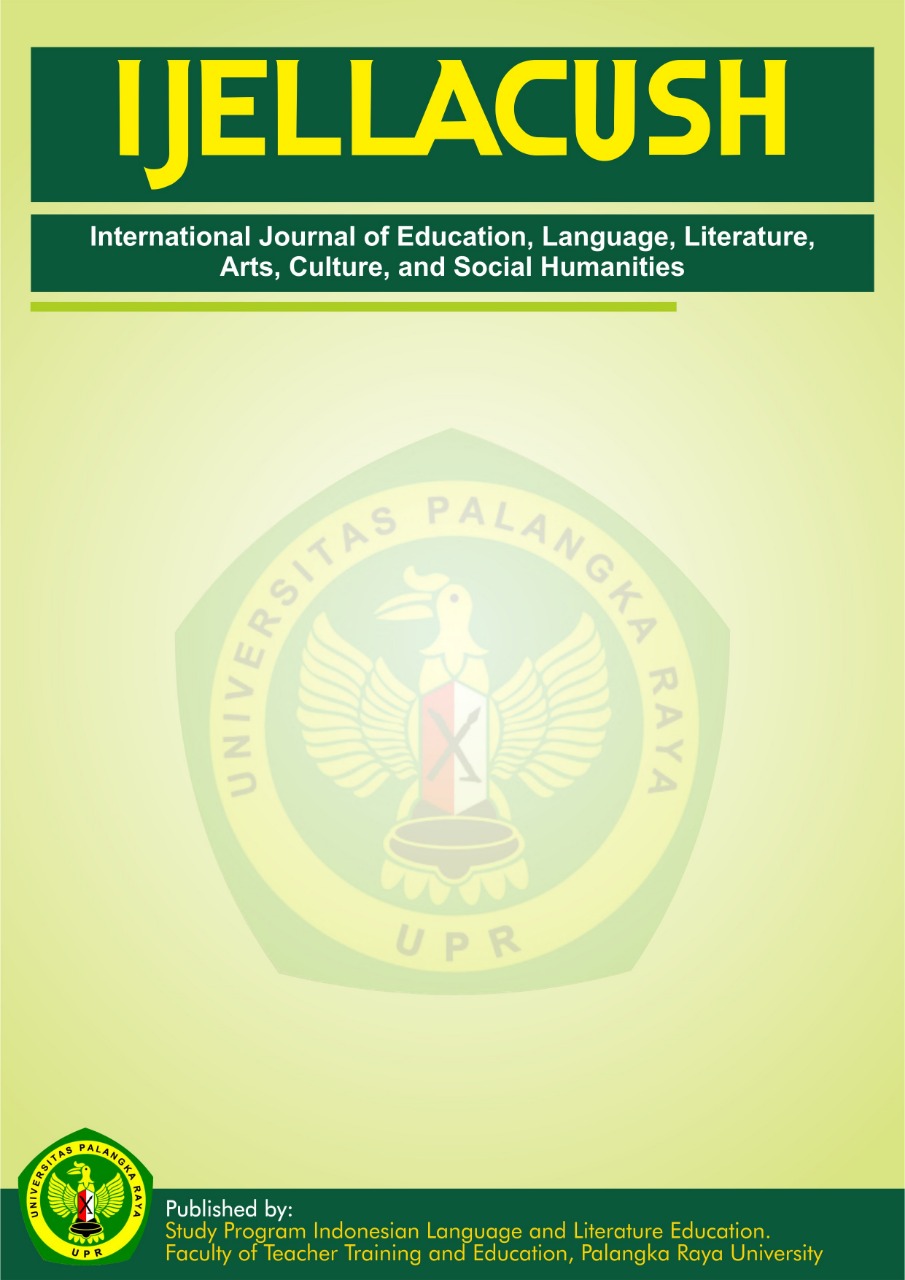Integration of Creative Economy and Tourism in the Development of Colorful Villages Implications for the Economy of Malang's Big Market
DOI:
https://doi.org/10.59024/ijellacush.v2i4.1077Keywords:
Malang Big Market, Colorful Jodipan Village, Creative EconomyAbstract
This research is entitled Integration of the Creative Economy and Tourism in the Development of Colorful Villages. Implications for the Economy of the Malang Large Market. The author is interested in the title of this research, because the colorful village of Jodipan is the most popular destination in the city of Malang and whether the impact of the Malang big market on decreasing its economy is due to the existence of the colorful village of Jodipan. In this research, the author uses a qualitative method in the form of interviews because the two places in Malang City are the economic center of Malang City, whether these two places are mutually beneficial or detrimental. The solution for the writer is that the large Malang market sells international goods and the colorful village of Jodipan sells basic necessities so that each other can benefit and not harm each other. This research concludes that two places have different values and the author believes that the existence of two places in the city of Malang will improve the economy in the city of Malang to become the largest center in Indonesia.
References
Anwar, M. Z. (2020). Kesejahteraan. Jurnal Kesejahteraan, September, 11–46.
Arifianti, R., Mohammad, & Alexandri, B. (2017). Activation of creative sub-economic sector in Bandung City. Jurnal AdBispreneur, 2(3), 201–209.
Asiva Noor Rachmayani. (2015). No 主観的健康感を中心とした在宅高齢者における健康関連指標に関する共分散構造分析Title.
B A B Iii. (2018). Metope. Oxford Art Online, 31–38.
Banjarnahor, S. (2020). Ekonomi kreatif dan pariwisata: Teori dan implementasi. Jakarta: Penerbit XYZ.
Dewi, R. (2021). Pengembangan kampung warna-warni sebagai destinasi wisata kreatif. Jurnal Pariwisata Indonesia, 12(2), 123–136. https://doi.org/10.1234/jpi.v12i2.5678
Fadhli, M. (2022). Sinergi ekonomi kreatif dan pariwisata dalam meningkatkan daya saing destinasi. Jurnal Ekonomi dan Bisnis, 15(3), 45–60. https://doi.org/10.2345/jeb.v15i3.9101
Hendrawati. (2017). No 主観的健康感を中心とした在宅高齢者における健康関連指標に関する共分散構造分析Title. Jurnal Akuntansi, 11, 8–27.
Kasanah, N., & Melliana. (2021). Metode penelitian pemberitaan Covid-19 pada media online Radar Madiun Berita Pacitan. Kesehatan Masyarakat, 40–45.
Kementerian Pariwisata dan Ekonomi Kreatif. (2022). Rencana aksi nasional ekonomi kreatif 2022-2025. Jakarta: Kemenparekraf.
Putra, A., & Sari, Y. (2023). Implikasi pengembangan wisata kreatif terhadap perekonomian lokal di Malang. Jurnal Pengembangan Wilayah, 8(1), 75–89. https://doi.org/10.5678/jpw.v8i1.1234
Qolbi. (2021). Pasar oligopoly. Jurnal Kesehatan, 6(6), 9–33.
Siagian, H. F., Damanhuri, D., & Juwandi, R. (2022). Pengembangan kesadaran hukum berlalu lintas siswa melalui model pembelajaran jurisprudensial dalam pendidikan kewarganegaraan. Jurnal Kewarganegaraan, 6(1), 27–37.
Sugiono. (2019). Analisis perubahan hemodinamik. Skripsi STT Kedirgantaraan Yogyakarta, 34–50.
Wulandari, N. (2020). Peran komunitas dalam pengembangan ekonomi kreatif di kampung warna-warni. Jurnal Ekonomi Kreatif, 1(1), 1–15.
Downloads
Published
How to Cite
Issue
Section
License
Copyright (c) 2024 International Journal of Education, Language, Literature, Arts, Culture, and Social Humanities

This work is licensed under a Creative Commons Attribution-ShareAlike 4.0 International License.








